-
 bitcoin
bitcoin $114779.865156 USD
2.30% -
 ethereum
ethereum $4226.519789 USD
2.39% -
 tether
tether $1.000545 USD
0.04% -
 xrp
xrp $2.890223 USD
0.92% -
 bnb
bnb $1030.029301 USD
2.95% -
 solana
solana $212.824944 USD
1.69% -
 usd-coin
usd-coin $0.999757 USD
0.01% -
 dogecoin
dogecoin $0.234961 USD
-0.27% -
 tron
tron $0.337174 USD
0.42% -
 cardano
cardano $0.804783 USD
0.09% -
 hyperliquid
hyperliquid $45.748770 USD
-2.85% -
 chainlink
chainlink $21.699170 USD
0.82% -
 ethena-usde
ethena-usde $1.001452 USD
0.08% -
 avalanche
avalanche $30.237800 USD
1.14% -
 stellar
stellar $0.372604 USD
1.52%
What are the different blockchain consensus types?
Proof of Work secures blockchains through computational effort, making tampering costly, while Proof of Stake offers an energy-efficient alternative by using staked coins to validate transactions.
Sep 04, 2025 at 09:36 pm
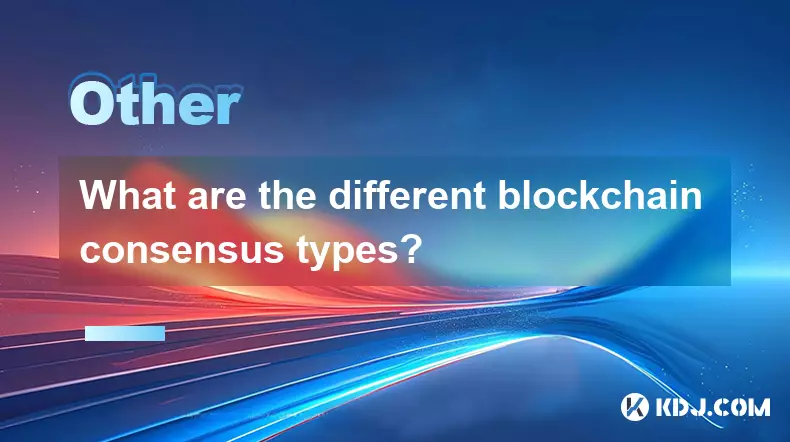
Understanding Proof of Work in Blockchain
1. Proof of Work (PoW) is one of the earliest and most recognized consensus mechanisms in the cryptocurrency space. It requires miners to solve complex mathematical puzzles using computational power. The first miner to solve the puzzle gets the right to add a new block to the blockchain and is rewarded with newly minted coins.
2. This mechanism ensures network security by making it extremely costly for malicious actors to manipulate the blockchain. Altering any block would require redoing the work for that block and all subsequent blocks, which demands immense computational resources.
3. Bitcoin is the most prominent example of a blockchain using PoW. Despite its security, PoW has drawn criticism for its high energy consumption, leading to environmental concerns.
4. The decentralized nature of PoW prevents any single entity from gaining control over the network, as long as no single miner or group controls more than 50% of the total mining power.
5. The energy-intensive process of PoW reinforces trust through computational effort, making it a foundational model for early blockchain networks.
Exploring Proof of Stake and Its Variants
1. Proof of Stake (PoS) was developed as an energy-efficient alternative to PoW. Instead of miners, PoS uses validators who lock up a certain amount of cryptocurrency as a stake. The probability of being chosen to validate the next block depends on the size of their stake and other factors.
2. Validators are incentivized to act honestly because they risk losing their staked funds if they attempt to validate fraudulent transactions. This economic penalty discourages malicious behavior.
3. Ethereum transitioned from PoW to PoS in what was known as 'The Merge,' significantly reducing its energy consumption and increasing transaction throughput.
4. Variants of PoS include Delegated Proof of Stake (DPoS), where coin holders vote for a smaller group of delegates to validate blocks on their behalf, increasing efficiency but potentially reducing decentralization.
5. By replacing computational work with economic stake, PoS shifts the security model to align validators’ interests with the health of the network.
Other Notable Consensus Mechanisms in Use
1. Proof of Authority (PoA) relies on approved validators who are known and verified entities. This model is often used in private or consortium blockchains where trust among participants is pre-established.
2. Proof of History (PoH), used by Solana, introduces a cryptographic method to verify the passage of time between events, enabling high-speed transaction processing by reducing the need for constant node synchronization.
3. Practical Byzantine Fault Tolerance (PBFT) is employed in networks like Hyperledger Fabric. It allows nodes to reach consensus through multiple rounds of voting, ensuring agreement even if some nodes behave maliciously.
4. Directed Acyclic Graphs (DAGs), used by projects like IOTA, do not rely on traditional blocks. Instead, each transaction confirms previous ones, creating a web-like structure that scales with usage.
5. Alternative consensus models continue to emerge, each tailored to specific use cases such as scalability, speed, or governance requirements within the blockchain ecosystem.
Frequently Asked Questions
What is the main difference between PoW and PoS?PoW relies on computational power to validate transactions and secure the network, while PoS uses the amount of cryptocurrency a validator holds and is willing to 'stake' as a determinant for block creation rights.
Why did Ethereum switch to Proof of Stake?Ethereum adopted PoS to reduce its environmental impact, lower barriers to participation, and improve scalability and security by minimizing the risk of centralization through mining pools.
Can a blockchain change its consensus mechanism?Yes, blockchains can undergo protocol upgrades to change their consensus model. Ethereum’s shift from PoW to PoS is a major example, achieved through a series of coordinated network upgrades.
Which consensus mechanism is best for decentralization?There is no universal answer. PoW is often considered highly decentralized due to its open participation, while PoS can achieve decentralization through widespread token distribution and staking accessibility.
Disclaimer:info@kdj.com
The information provided is not trading advice. kdj.com does not assume any responsibility for any investments made based on the information provided in this article. Cryptocurrencies are highly volatile and it is highly recommended that you invest with caution after thorough research!
If you believe that the content used on this website infringes your copyright, please contact us immediately (info@kdj.com) and we will delete it promptly.
- BlockDAG, DOGE, HYPE Sponsorship: Crypto Trends Shaping 2025
- 2025-10-01 00:25:13
- Deutsche Börse and Circle: A StableCoin Adoption Powerhouse in Europe
- 2025-10-01 00:25:13
- BlockDAG's Presale Buzz: Is It the Crypto to Watch in October 2025?
- 2025-10-01 00:30:13
- Bitcoin, Crypto, and IQ: When Genius Meets Digital Gold?
- 2025-10-01 00:30:13
- Stablecoins, American Innovation, and Wallet Tokens: The Next Frontier
- 2025-10-01 00:35:12
- NBU, Coins, and Crypto in Ukraine: A New Yorker's Take
- 2025-10-01 00:45:14
Related knowledge
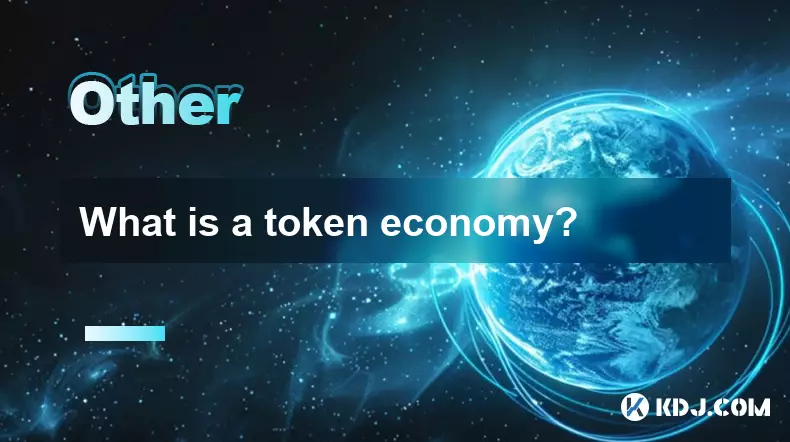
What is a token economy?
Sep 20,2025 at 12:18am
Understanding the Foundations of a Token Economy1. A token economy in the context of cryptocurrency refers to a system where digital tokens are used a...

What are suitable application scenarios for blockchain?
Sep 20,2025 at 03:19am
Decentralized Finance (DeFi) Platforms1. Blockchain enables the creation of financial services without centralized intermediaries, allowing users to l...
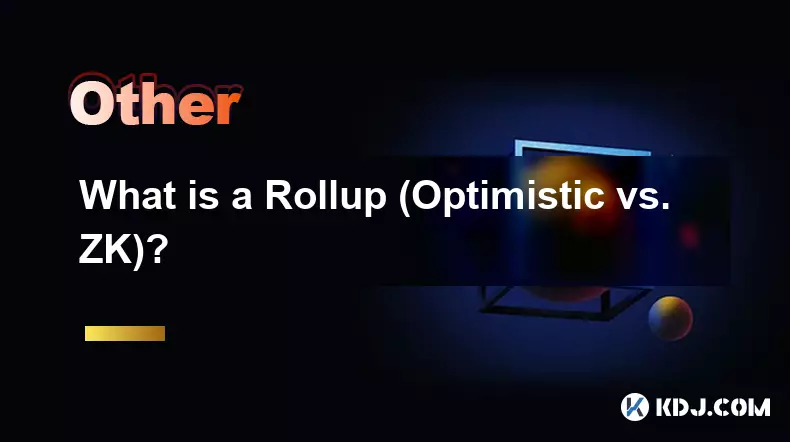
What is a Rollup (Optimistic vs. ZK)?
Sep 22,2025 at 03:00pm
Understanding Rollups in Blockchain Technology1. Rollups are layer-2 scaling solutions designed to increase transaction throughput on blockchains like...

What is blockchain scalability?
Sep 19,2025 at 06:18am
Understanding Blockchain Scalability1. Blockchain scalability refers to a network's ability to handle an increasing number of transactions without com...
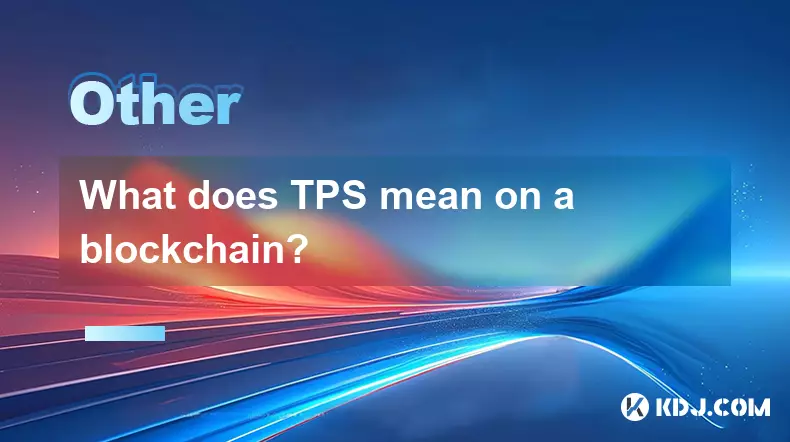
What does TPS mean on a blockchain?
Sep 21,2025 at 09:54am
Understanding TPS in Blockchain Technology1. TPS stands for Transactions Per Second, a metric used to measure the number of transactions a blockchain ...
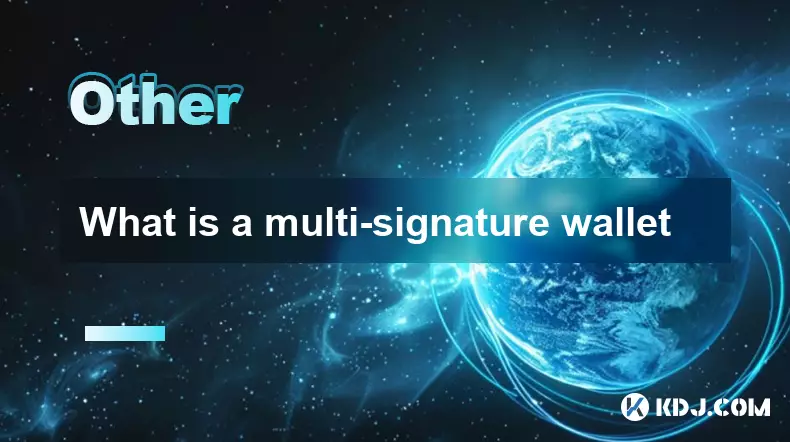
What is a multi-signature wallet
Sep 20,2025 at 07:00am
Understanding Multi-Signature Wallets in Cryptocurrency1. A multi-signature wallet, often referred to as a multisig wallet, is a type of cryptocurrenc...

What is a token economy?
Sep 20,2025 at 12:18am
Understanding the Foundations of a Token Economy1. A token economy in the context of cryptocurrency refers to a system where digital tokens are used a...

What are suitable application scenarios for blockchain?
Sep 20,2025 at 03:19am
Decentralized Finance (DeFi) Platforms1. Blockchain enables the creation of financial services without centralized intermediaries, allowing users to l...

What is a Rollup (Optimistic vs. ZK)?
Sep 22,2025 at 03:00pm
Understanding Rollups in Blockchain Technology1. Rollups are layer-2 scaling solutions designed to increase transaction throughput on blockchains like...

What is blockchain scalability?
Sep 19,2025 at 06:18am
Understanding Blockchain Scalability1. Blockchain scalability refers to a network's ability to handle an increasing number of transactions without com...

What does TPS mean on a blockchain?
Sep 21,2025 at 09:54am
Understanding TPS in Blockchain Technology1. TPS stands for Transactions Per Second, a metric used to measure the number of transactions a blockchain ...

What is a multi-signature wallet
Sep 20,2025 at 07:00am
Understanding Multi-Signature Wallets in Cryptocurrency1. A multi-signature wallet, often referred to as a multisig wallet, is a type of cryptocurrenc...
See all articles










































































